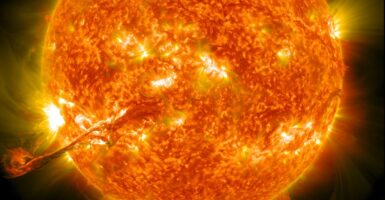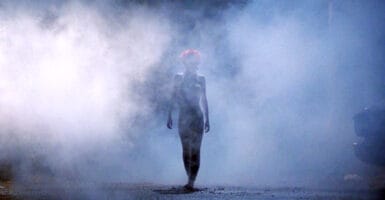How Star Trek’s Spock Died And Was Reborn, Explained
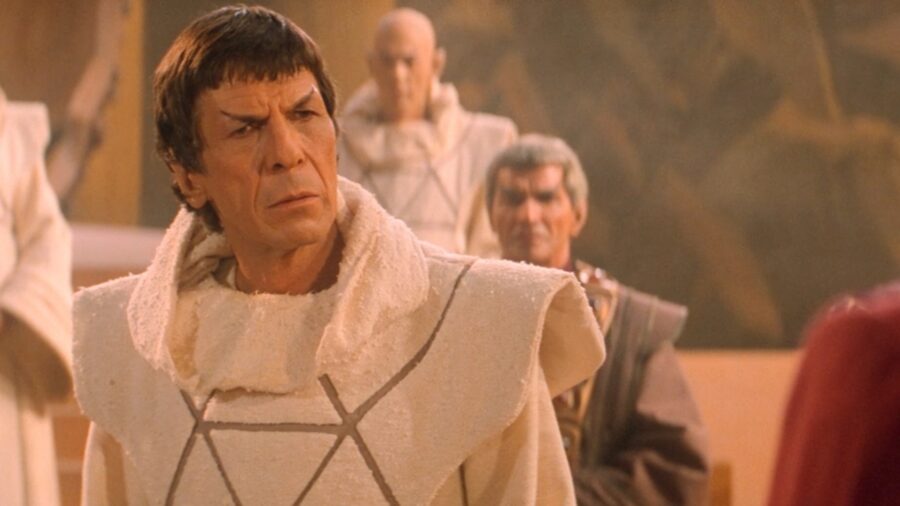
There is no character in Star Trek more iconic and instantly recognizable than Spock, but that didn’t keep Star Trek II: The Wrath of Khan from ending with his demise. At one point, there actually seemed to be a chance the franchise’s most distinctive character would actually stay dead, but Star Trek III: The Search for Spock met the challenge of bringing him back. It might have seemed difficult, if not impossible, but we’ll explain how it’s all actually quite logical.
Spock’s Death
Star Trek II introduces an intriguing new technology in the Genesis device, a terraforming missile that is able to transform a dead moon or other body into a planet teeming with life. As Spock points out, however, if the device is used where life already exists, it will destroy that life “in favor of its new matrix.”
It is this destructive power that Khan Noonien Singh hopes to use in the film’s climax to destroy his old nemesis, Captain Kirk.
If Star Trek has taught us one thing about Spock, it’s that he always strives to put logic first, but even logic can demand extreme, seemingly irrational action. As the Enterprise floats crippled in the Mutara Nebula with Khan about to detonate the Genesis device aboard the Starfleet vessel Reliant, which he has stolen, even the legendary engineer Scotty is unable to effect repairs on the ship to allow it to fly out of range of the explosion.
The radiation levels in the area where the repair needs to be done are too high, thanks to the damage that has been done during the space battle with the Reliant, and, as Dr. McCoy says, no human could survive to make the repairs.
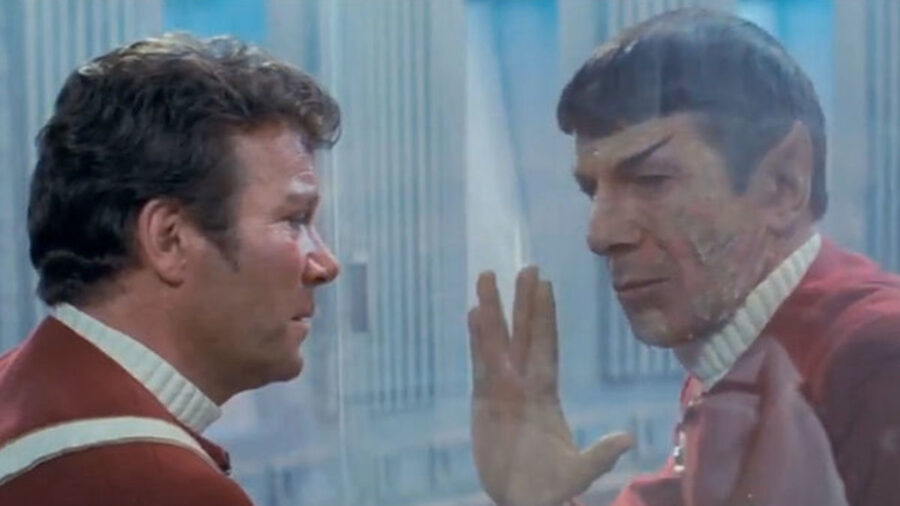
As Star Trek’s resident logician, however, Spock points out to McCoy, who is in engineering treating Scotty for injuries, that he is not human and that his Vulcan physiology might allow him to withstand the radiation long enough to make the Enterprise warp-capable.
The original ending of Star Trek II left test audiences bereft as it was quite clear that Spock was dead and gone for good. After this response, executive producer Harve Bennett ordered some reshoots and a re-edit which added a note of hope to the end of the film.
Overcoming the doctor’s objections with his trademark nerve pinch, Spock enters the chamber and completes the repairs, allowing the Enterprise to warp out of danger before the device detonates. Having not noticed his first officer slip quietly off the bridge during the chaos, Kirk believes his engineer to have pulled off another miracle.
Instead, in one of Star Trek’s most emotionally poignant moments, Kirk discovers that Spock was the one who saved them and, separated from him by a transparent wall in engineering, watches helplessly as his friend bids him farewell and dies from radiation poisoning.
Meanwhile, the Genesis device has begun converting the Mutara Nebula into a planetary body, having destroyed Khan and his followers in the explosion. Continuing an old seafaring tradition, Spock’s body is encased in a photon torpedo shell and launched toward the newly formed Genesis planet.
The original ending of Star Trek II left test audiences bereft as it was quite clear that Spock was dead and gone for good. After this response, executive producer Harve Bennett ordered some reshoots and a re-edit which added a note of hope to the end of the film. This tragic yet exultant ending has kept the film on the top of the list of greatest achievements in the franchise since its premiere in 1982.
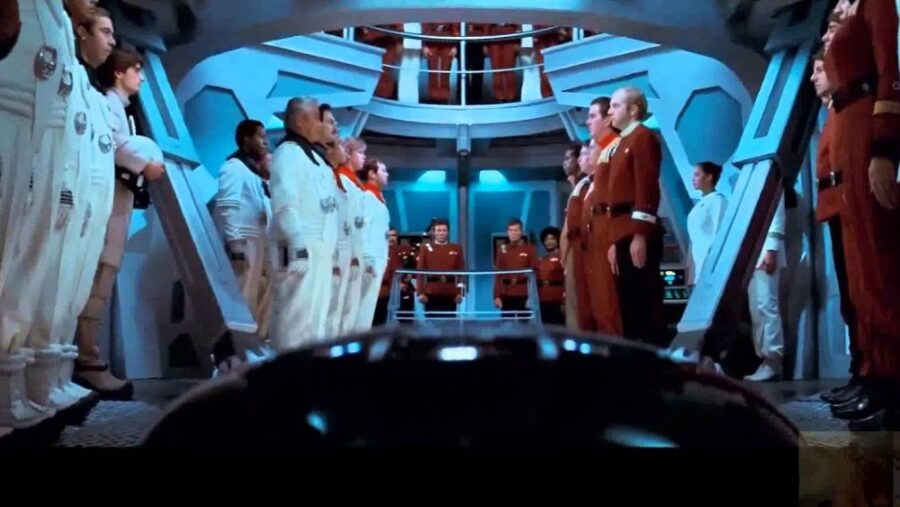
For a while, it was unclear if Star Trek would actually bring Spock back. There had been rumors for a long time that Leonard Nimoy was unhappy with being associated with the role and wanted to leave, the death of the character seeming to be his way out of the job. Nimoy did return, however, and even directed the third film in the franchise, subtitled The Search for Spock.
Spock’s Resurrection
Star Trek III: The Search for Spock opens with a revelation from Spock’s father Sarek to Kirk that he had expected Spock would have passed on his katra—his living spirit—to Kirk before he died. When it becomes clear that he did no such thing, the seeming reality that Spock really is gone sets in for both men. However, Spock was shown in the previous film performing a brief mind meld on the unconscious Dr. McCoy in which he spoke a single word, “Remember.”
That moment in Star Trek II was added in by Bennett as a back door in case they really did want to bring Spock back. This fortuitous moment proved to be the first element in Spock’s return, as it soon becomes clear in the film that Spock’s katra is now trapped inside McCoy’s brain, occasionally coming through to attempt communication. At one of these moments, Spock’s katra, through McCoy, implores Kirk to take him to Mount Seleya on Vulcan.
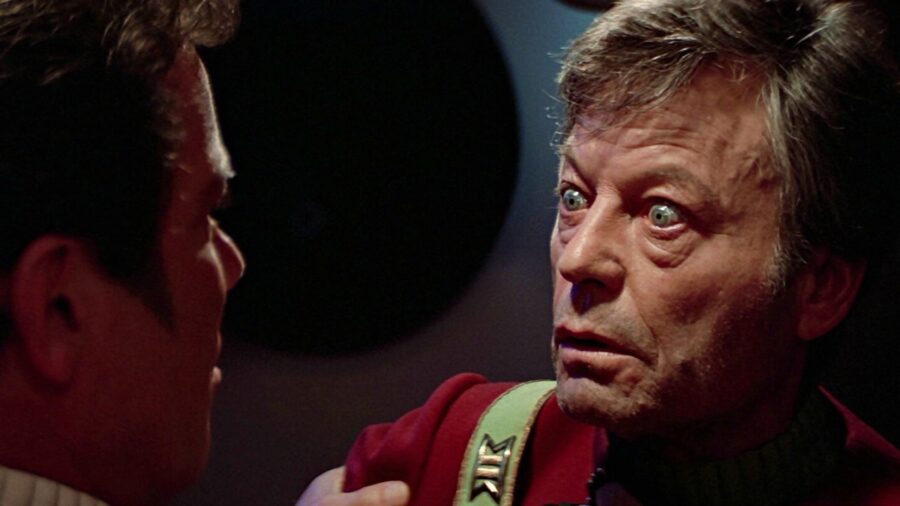
There’s a certain bit of comedy in seeing Star Trek’s famously contentious pair of Spock and McCoy trapped in one body, but the katra also compels McCoy to seek transport to the Genesis planet. It becomes clear that Spock, within McCoy, believes his body to have been regenerated by the Genesis device and that his katra might be able to be reinserted through an arcane ritual on the planet Vulcan.
Meanwhile, in true Star Trek fashion, the science vessel USS Grissom is carrying on some research on the Genesis planet with the help of Kirk’s son David Marcus and the half-Vulcan, half-Romulan Lieutenant Saavik. When life signs are sensed at the location of Spock’s torpedo tube, the pair beams down and finds that the Vulcan’s body is missing.
While they are on the planet, the atmosphere begins changing, and they are shaken by planetquakes, revealing that the Genesis matrix is unstable and the planet will not last much longer.
Amidst the chaos and after a battle with longtime Star Trek nemesis the Klingons, Saavik finds that Spock’s body is indeed on the planet, maturing from a small boy to a full-grown adult in a short period of time. As McCoy puts it, though, Spock’s body is missing his “marbles,” or katra, which resides within McCoy.
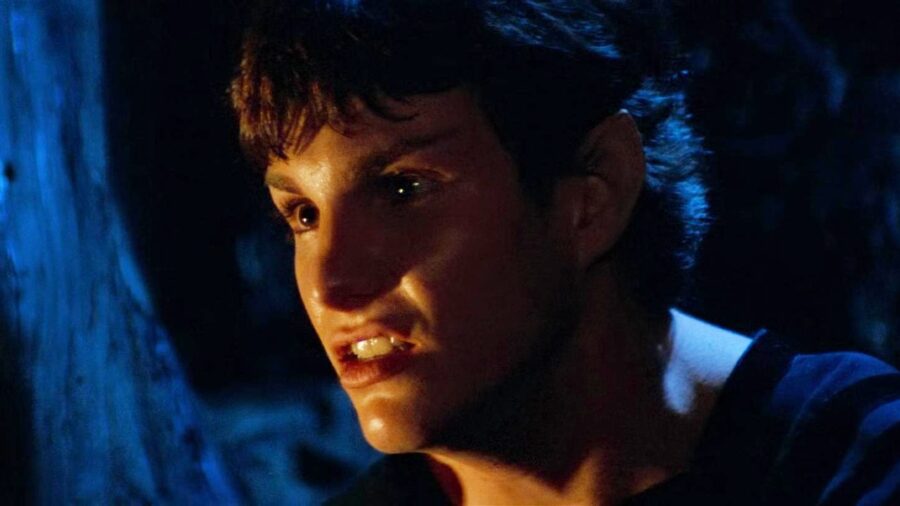
Using a commandeered Klingon ship (that’s a whole other part of the story that we won’t get into here), Kirk, Saavik, and company transport McCoy and Spock’s body to Vulcan where they both undergo a ritual to transfer Spock’s katra back to his body.
In Star Trek III‘s most touching moment, a revived Spock who has still not quite come back to himself, slowly reconnects with his memories. First, he recalls the moments before his death, and finally remembers Kirk’s first name, Jim. It is at this point that Spock’s comrades know that their friend has returned to them and they joyously gather around him.
It was a joyous moment for Star Trek fans as well, as this moment returned Spock to the franchise, where he would remain for the rest of its history. Leonard Nimoy continued in the role for three more feature films, two episodes of Star Trek: The Next Generation, and the first two films of the Kelvin Timeline as Spock Prime to Zachary Quinto’s new, younger interpretation of the character. Now portrayed by Ethan Peck on Star Trek: Strange New Worlds, Spock continues to be vital to the franchise and central to its legacy.
Thanks to his return in Star Trek III, Spock will always live long and prosper.
